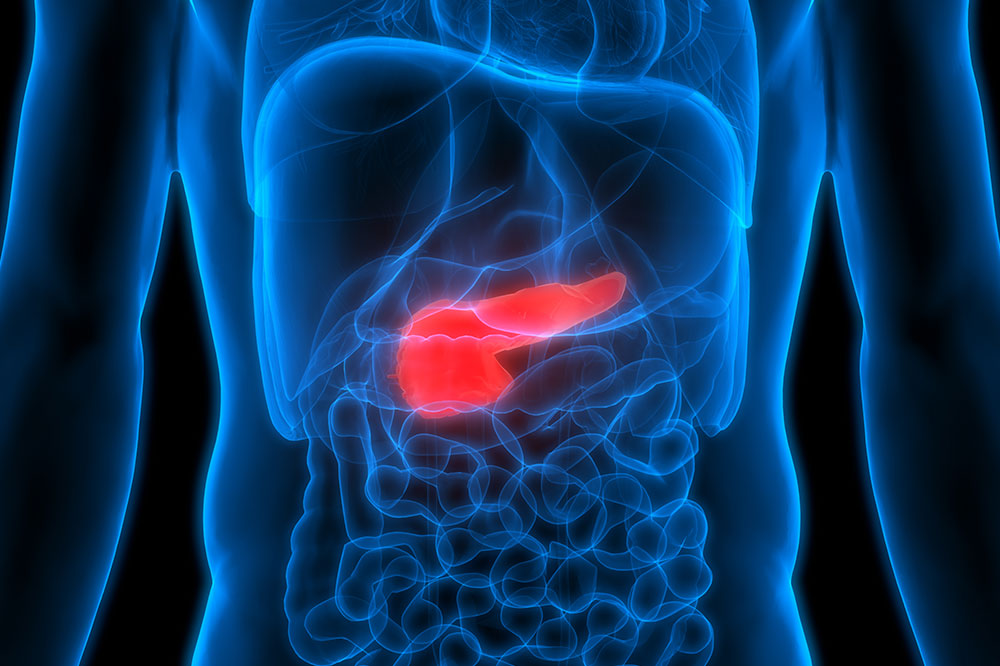
3 Treatment Options for Pancreatic Cancer
Cancer that affects pancreatic tissues is referred to as pancreatic cancer. The pancreas is an important endocrine organ that aids digestion. It produces enzymes that are required by the body to digest proteins, fats, and carbohydrates. Once the stage of pancreatic cancer is diagnosed, the doctor then chalks out a treatment plan for the patient. All treatment options aim at destroying the cancer cells and prevent their spread.
Here is a list of the treatment options for pancreatic cancer.
1. Surgery
Surgical procedures to remove tumors present in the pancreatic head, surgery for the removal of the tumor in the body and tail of the pancreas, surgery for the removal of the entire pancreas, and surgery for the removal of tumors that have been affecting the blood vessels nearby are used as treatment options for pancreatic cancer. Regardless of the surgery, the risk of infection and bleeding runs high. In some cases, patients can also experience vomiting and nausea after the surgery if there is a delay in gastric emptying. It can take a while to recover after these procedures.
2. Chemotherapy
This is another treatment option for pancreatic cancer. It aims at destroying cancer cells in the body. The drugs used in the therapy can either be administered intravenously or taken orally. During the treatment, one or more chemo drugs can be prescribed. Chemotherapy can also be used in combination with radiation therapy, also known as chemoradiation. This procedure is used when the cancer is still in the pancreas and has not reached other organs. The combination of the two therapies can also be used before surgical procedures to reduce the size of the tumor. At times, it is also used post-surgery to reduce the risk of recurrence of cancer.
3. Radiation therapy
Radiation therapy is another treatment option that is aimed at killing cancer cells. In this procedure, powerful beams like X-rays are used to destroy cancerous cells in the body. Radiation therapy can be given before or after surgical procedures. Also, they can be given along with chemotherapy. In cases where cancer cannot be treated surgically, doctors recommend chemo and radiation therapy only. During radiation therapy, high beams are delivered through a machine that keeps moving around the patient. The radiations are directed to particular parts of the body. In some medical centers, radiation therapy can also be used during surgery. This is known as intraoperative radiation. Traditionally, X-rays were used to kill cancer cells during the procedures. But now, protons are used during therapy in some medical centers. Proton therapy can kill cancer cells in pancreatic cancer patients and cause lesser side effects as compared to high-beam radiations.



